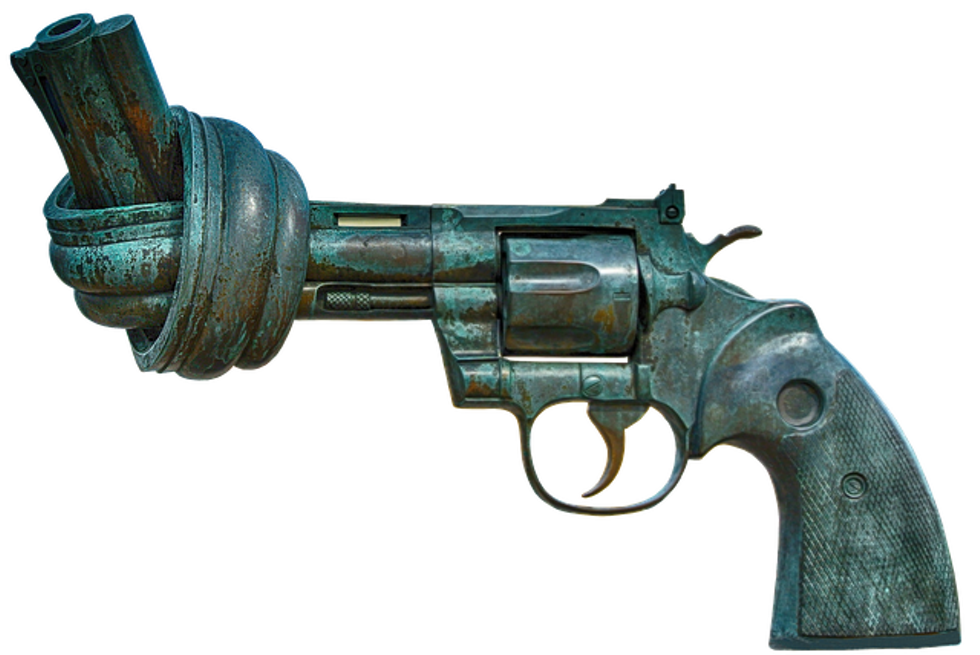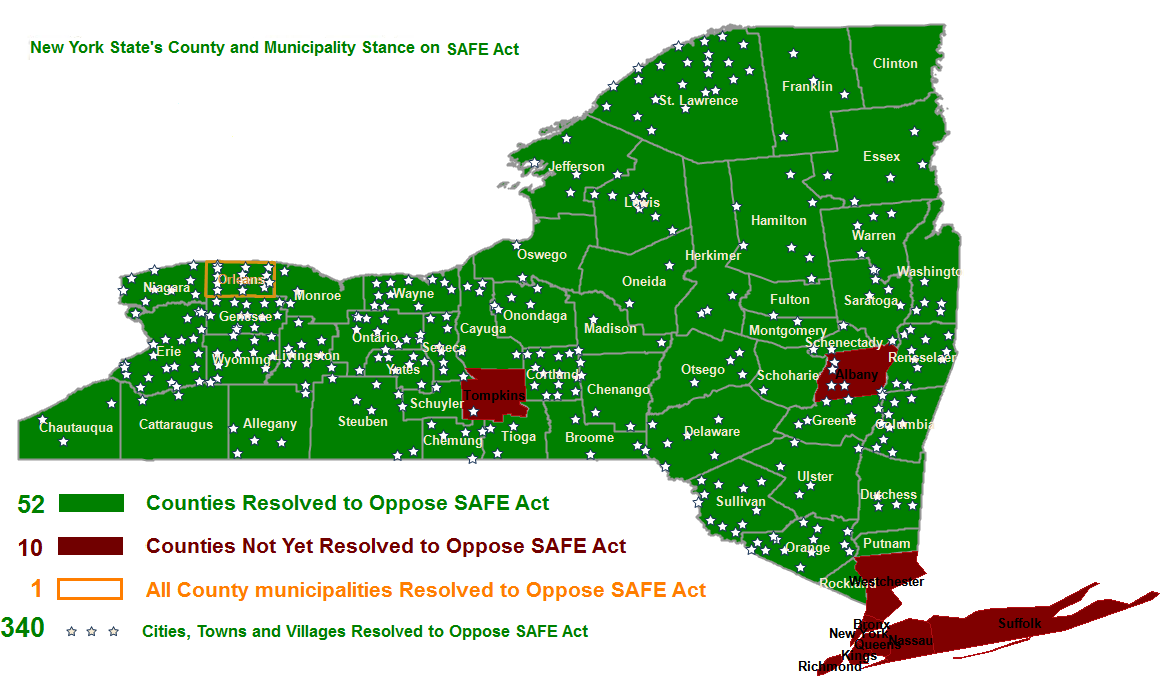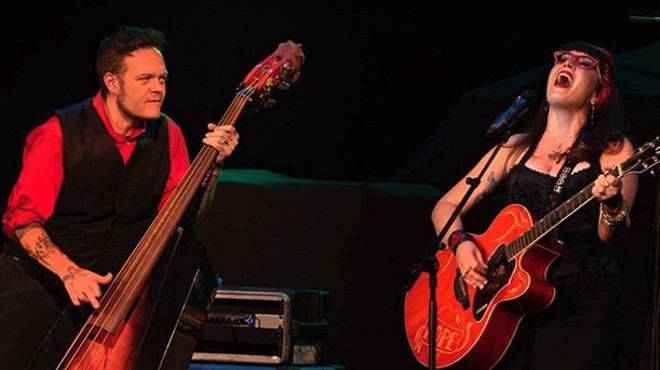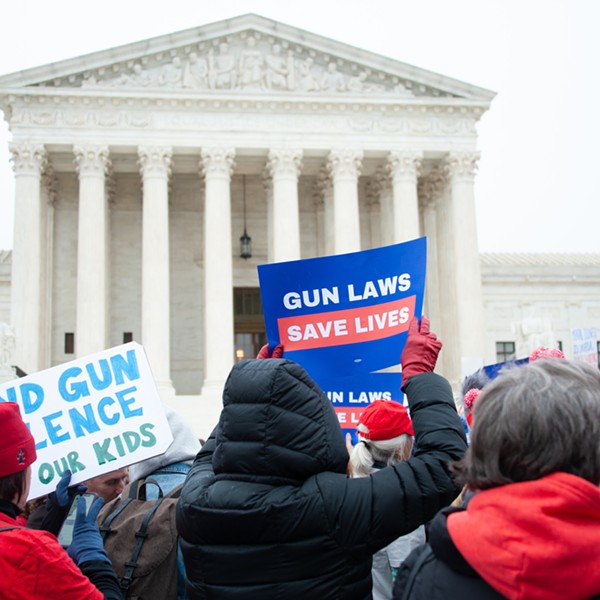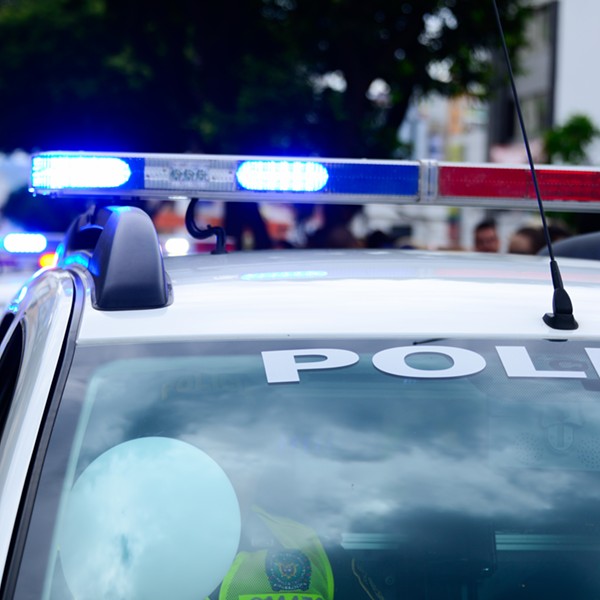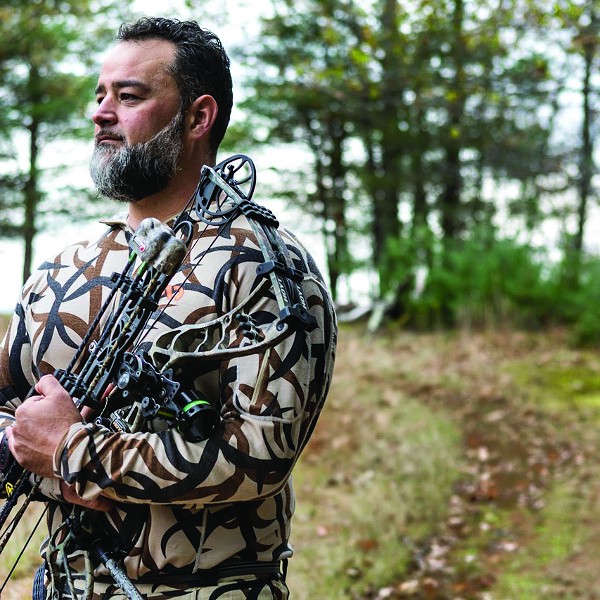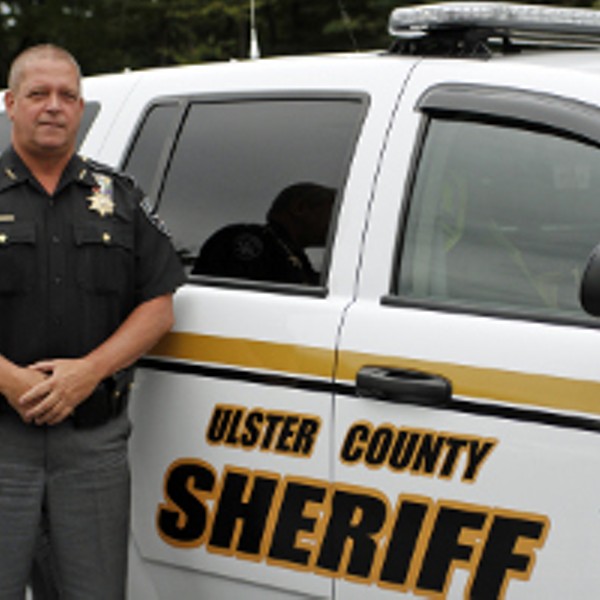Gun violence—and what ought to be done about it—is one of the most divisive issues in American politics, and nowhere more so than in upstate New York.
It’s been five years since the SAFE Act, New York State’s omnibus gun control law, was passed. A grab bag of gun-related measures championed by Gov. Andrew Cuomo in the wake of the Sandy Hook mass shooting, passed with high political drama in the dead of night, and lauded as the toughest in the nation, the SAFE Act has since become emblematic of the battle over gun control itself.
In the wake of the SAFE Act’s passage, 52 of the state’s 62 counties and hundreds of municipalities passed resolutions opposing the law. The county resolutions have no legal force, but they paint a picture of broad-based upstate opposition to gun control in New York. The law has been met with massive noncompliance from citizens, and widely panned by upstate law enforcement.
One of the Act’s most controversial elements—a provision making it illegal to put more than seven rounds into a 10-round magazine—was struck down in federal court in 2015.
Another provision—a requirement for therapists and other mental health professionals to report their patients to government authorities if they believe they are in danger of committing gun violence—has come under fire from mental health professionals who worry about the unintended consequences of discouraging gun owners from seeking therapy:
Dr. Paul Appelbaum at Columbia University said the prospect of being reported to local mental health authorities and maybe the police might discourage people from revealing thoughts of harm to a therapist, or even from seeking treatment at all.
"The people who arguably most need to be in treatment and most need to feel free to talk about these disturbing impulses, may be the ones we make least likely to do so," said the director of law, ethics and psychiatry at Columbia. "They will either simply not come, or not report the thoughts that they have."
Meanwhile, many gun control advocates feel the law doesn’t go far enough. A bill recently introduced by state Senator Kevin Parker, a Democrat representing the 21st district in Brooklyn, calls for social media audits for people applying for or renewing a pistol permit.
SAFE Act Impact: Mostly Sound And Fury
Gun crime has been falling in New York State in recent years, but there’s little statistical evidence that the drop is connected to the SAFE Act, PoliFact reports.
In a 2016 Gannett news story, reporter Jon Campbell took a look at gun-related charges made under the SAFE Act. A glance at 7,442 arrests made under the Act’s provisions revealed that most were in New York City: hardly a surprise, given the depth of opposition to the legislation among upstate law enforcement. Campbell reports:
A prosecutor in New York City or other cities where gun violence is a prevalent issue will likely be more willing to actively prosecute gun crimes, Feldman said. In rural counties where support for gun control is lower, prosecutors may be less likely to aggressively use the law.
“Prosecutorial discretion is a deep-seated precedent,” said Feldman, a former state assemblyman. “So the local culture will have an impact. In areas in which people’s attitudes toward guns is that everybody ought to have one, then the local prosecutor probably shares the public’s point of view — they’re elected locally.”
Law professor James Jacobs, who is working on a book about the SAFE Act, wrote in 2017 for NYU’s CityLand journal that the state’s gun control law has made an outsized political impact, but has had little effect on gun violence:
In truth, there seems little likelihood that the SAFE Act has had much, if any, effect since it has been only partially implemented, almost completely unenforced, and widely ignored. Its various provisions are easily circumvented.
What the law did do, across wide swaths of upstate New York, was galvanize opposition to Gov. Andrew Cuomo. Years after the Act was made law, anti-SAFE Act rallies still draw crowds, some featuring prominent appearances from local sheriffs and politicians.
What Next: The Courts and Beyond
It has been a decade since the Supreme Court heard a major gun rights-related case. The Court’s landmark 2008 decision in District of Columbia v. Hellerexplicitly held that the Second Amendment protects the individual right to own guns for self-defense, but also upheld the right of states to regulate gun ownership and use.
The recent appointment of Brett Kavanaugh to the Supreme Court could mean a rollback of the SAFE Act, and a halt to legislation like it, the Albany Times Union reports. In an analysis in Roll Call of what Kavanaugh’s appointment might do to the landscape of gun law, Todd Ruger writes that the issue is so politically charged that taking it up could threaten the legitimacy of the court itself:
There is a different question facing justices about what the Supreme Court does as an institution to avoid seeming too political or reaching beyond its role in the government by taking sides in heated policy debates such as gun control. And that would lead to some gamesmanship behind the scenes, legal experts say.
While legal tussles over gun rights get most of the public attention on the issue, the law isn’t the only social tool that could be brought to bear against gun violence. The insurance industry has come under increasing scrutiny in the wake of a wave of high-profile mass shootings. In a recent report in the trade publication The Actuary, researchers Kristen Moore and Craig Reynolds take an in-depth look at firearm ownership and insurance risk. In contrast with other ‘risky’ behavior, gun ownership gets little attention from the insurance industry, they write:
Despite the wide range in our estimated death rate attributable to gun ownership, it is worth noting that, even at the low end, the death rate attributable to firearms of 240 deaths per million gun owners is 46 percent higher than the death rate attributable to scuba diving. The latter is used in life insurance underwriting, while the former is not.
Moore and Reynolds call on their fellow actuaries to step up to the task of quantifying the risks associated with gun ownership:
…Actuaries have unique skills in measuring and managing risk. We are experts in mortality analysis, skilled in data analytics and model building, and we can analyze the problem objectively. As a profession, we must employ our skills and talents to help address the economic, mortality and morbidity impact of gun violence.
If you’re looking for a petri dish in which to study the culture clash between gun-rights defenders and gun-control advocates, you can’t do much better than the Hudson Valley, a place where rural gun culture lives cheek by jowl with urban communities and values. As we build our newsroom, The River hopes to dig deeper into local issues with national resonance.







